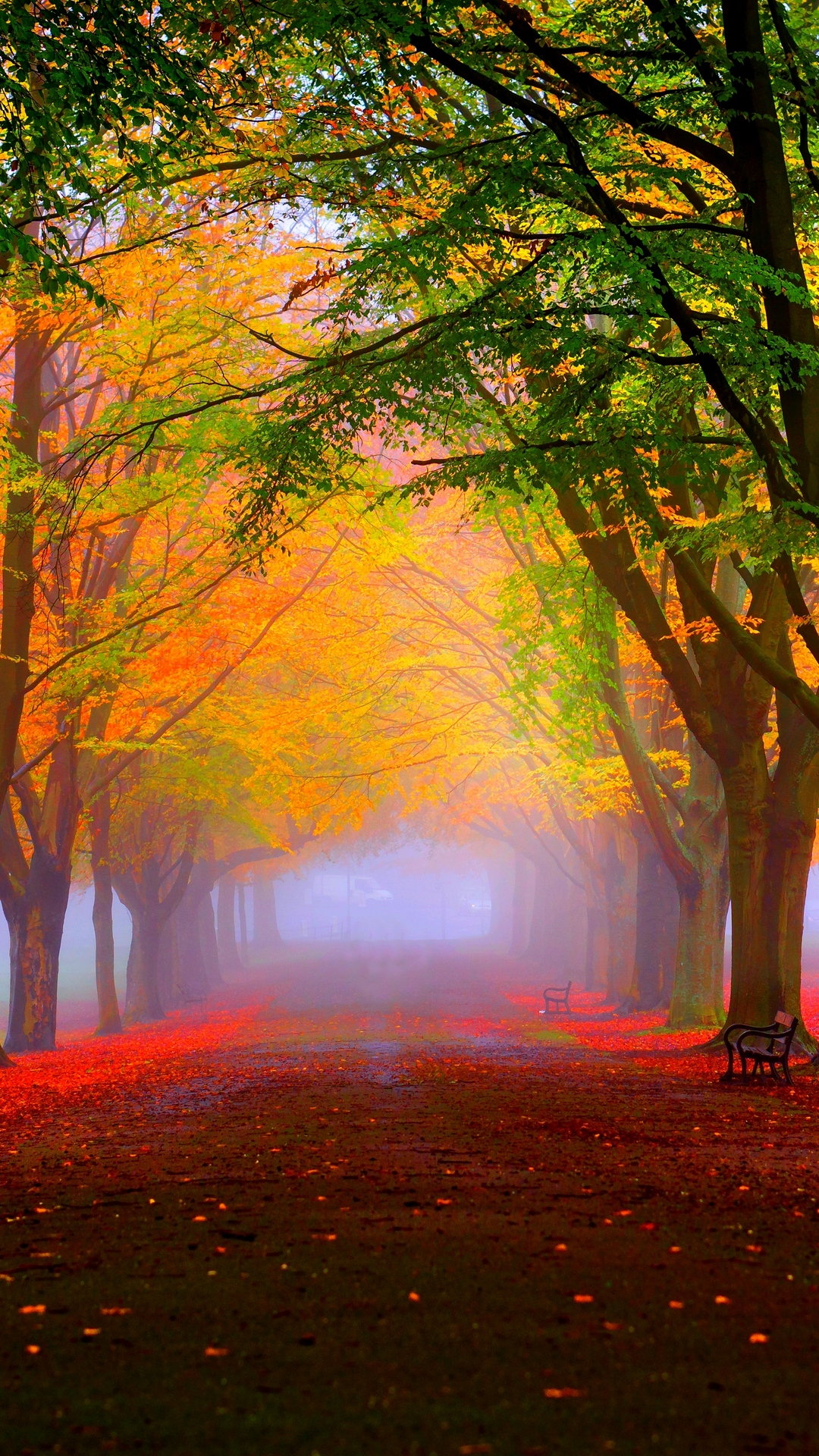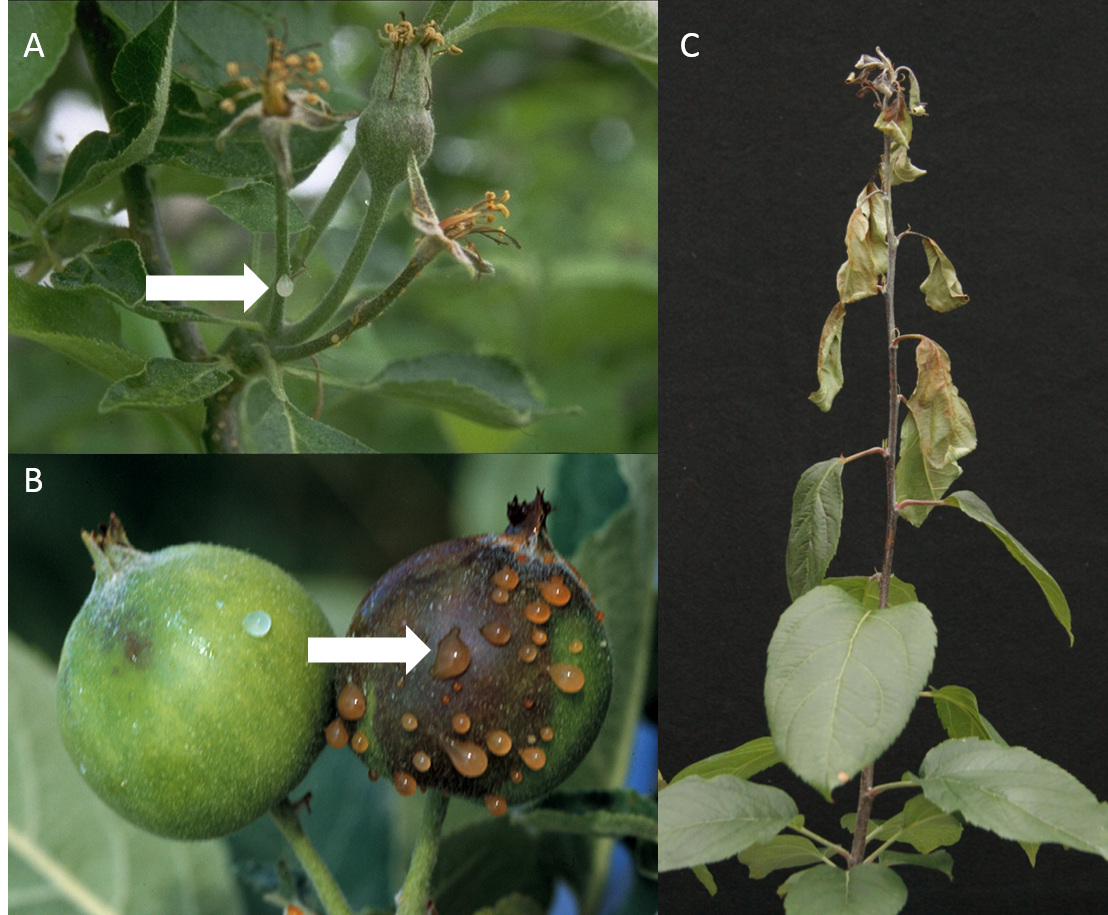
Several cultivars including Aurora Golden Gala, Empire, and Enterprise had moderately to highly resistant responses in both years.Although most cultivars are susceptible, fire blight symptoms can vary among cultivars.Cultivar responses were relatively consistent between years.Most cultivars had a susceptible response to fire blight in 2016 and/or 2017.Variation in cultivar response to fire blight between years demonstrates the importance of evaluating susceptibility in multiple field seasons.

For a given cultivar, differences in fire blight responses between years could potentially be attributed to: (1) variable environmental conditions (2) differences in tree age and/or vigor between years and (3) inoculation of shoots that were terminating growth in one of the years. Honeycrisp, Pinova, Spartan) appeared highly or moderately susceptible in one year and moderately resistant in the other. For example, a cultivar that had a highly susceptible response in 2016 often had a highly susceptible response in 2017. Cultivar responses were relatively consistent between years. Aurora Golden Gala, Empire, and Enterprise were consistently moderately to highly resistant (Table 1).

Of interest, WA 38 had more moderate responses in both years (Table 1). Granny Smith, Winter Banana) were consistently highly susceptible. Enterprise was the only cultivar that did not develop any fire blight symptoms in either year of the two-year study. However, the degree of susceptibility depended on the cultivar (Table 1). Most of the apple cultivars we tested were susceptible to fire blight (Table 1).

Variation in fire blight susceptibility responses among cultivars (photo credits: S. (Neither option will eliminate all new infections or those already existing in the wood.) Refer to product labels for proper rates and use.Fig. A copper sulfate fungicide (Bonide® Copper Fungicide) is also an option when applied several times while the blossoms are open. Reduce new infections by spraying an antibiotic such as streptomycin sulfate (Ferti-lome® Fire Blight Spray) on flowers or shoots before the bacteria infect them.Reduce excessive succulence by avoiding extreme fertilization and watering.– To prevent rust, dry and oil tools after using them. – To avoid spreading bacteria during pruning, sanitize the pruning tool before each cut, using a 10-percent bleach solution (one part bleach to nine parts water). – Cut an infected branch 4 to 6 inches below the visible injury or canker. During winter dormancy, use sanitation pruning to remove infected wood:.infects new, tender, succulent twigs and leaves.also spreads by rain, which splashes onto the bacterial ooze and causes new infections and.
:max_bytes(150000):strip_icc()/dwarf-fruit-trees-4588521-02-cb9992fa5ed6425494afcc0c542b7335.jpg)


 0 kommentar(er)
0 kommentar(er)
